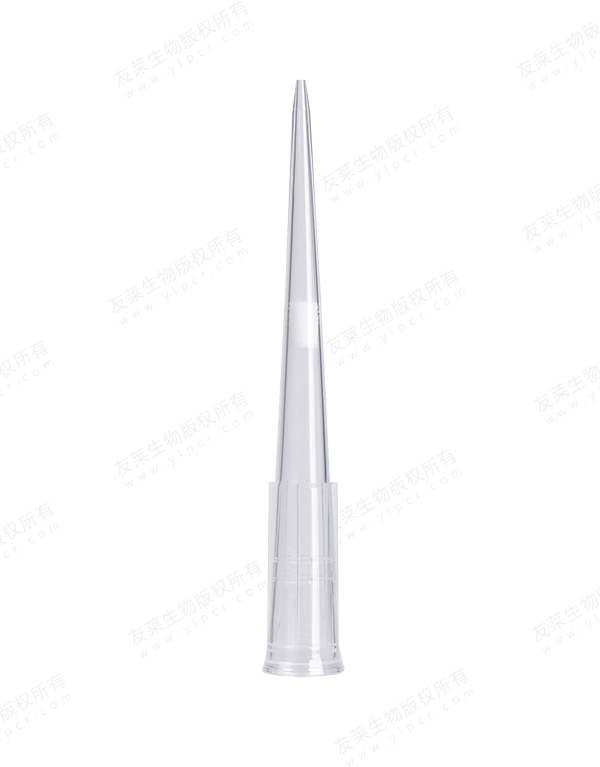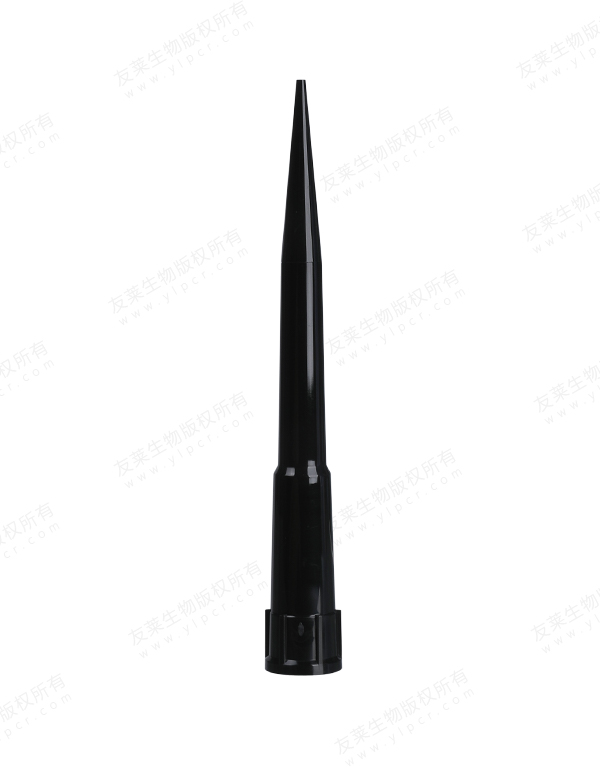Deep well plates and regular microplates (also known as microtiter plates) are both commonly used laboratory tools, but they have some key differences in terms of design, applications, and capabilities. Here are the main differences between deep well plates and regular microplates:
Well Volume and Capacity:
Deep Well Plates: As the name suggests, deep well plates have larger well volumes, often ranging from 1 to 2 milliliters or more. This makes them suitable for handling larger samples or performing reactions that require more reagents.
Regular Microplates: Microplates typically have smaller well volumes, often in the range of tens to hundreds of microliters. They are used for assays and experiments that require smaller amounts of reagents.
Applications:
Deep Well Plates: Due to their larger well volumes, deep well plates are commonly used for high-throughput experiments, sample storage, and sample preparation involving larger volumes. They are also suitable for culturing cells or microorganisms in larger quantities.
Regular Microplates: Microplates are widely used for a variety of assays, including ELISAs, enzyme activity assays, and fluorescent or luminescent measurements. They are designed for assays that require smaller volumes of samples and reagents.
Sample Handling:
Deep Well Plates: These plates are well-suited for tasks that involve mixing, diluting, and storing samples in larger volumes. They can handle a wider range of sample types, including liquid samples, beads, and particles.
Regular Microplates: Microplates are used for precise liquid handling and are often associated with robotic systems and automated assays. They are ideal for dispensing small volumes of liquids in a controlled manner.
Automation Compatibility:
Deep Well Plates: While deep well plates can be used with automation systems, they may be less common in high-throughput automation workflows due to their larger well volumes and different design.
Regular Microplates: Microplates are extensively used in automated processes, as they are designed to work seamlessly with liquid handling robots and other automated laboratory equipment.
Sample Evaporation:
Deep Well Plates: Due to their larger well volumes, deep well plates are generally less susceptible to evaporation compared to microplates. This can be advantageous for longer-term experiments or storage.
Regular Microplates: Microplates have smaller wells and are more prone to evaporation, which can impact assay reliability and consistency if not properly managed.
Cost and Storage:
Deep Well Plates: Because of their larger size and material usage, deep well plates can be more expensive than microplates.
Regular Microplates: Microplates are generally more cost-effective and take up less storage space, making them a practical choice for laboratories with limited resources.
In summary, the primary differences between deep well plates and regular microplates lie in their well volumes, applications, and compatibility with different types of experiments and automation systems. The choice between the two depends on the specific requirements of the experiment or assay being conducted.

 English
English русский
русский 中文简体
中文简体



